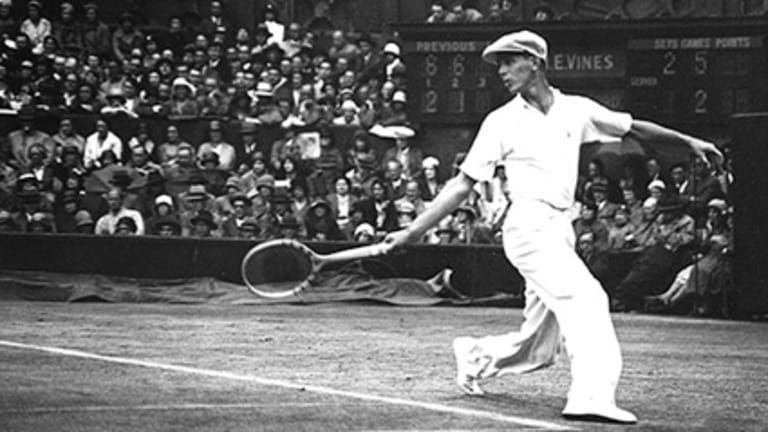This morning the narrow streets of my Brooklyn neighborhood were sunk beneath a foot of snow. Steps, stoops, sidewalks, even cars were invisible. When I was walking to work, very little of it had been plowed or shoveled, so the only way forward, if I didn’t want to be covered in white powder up to my knee, was to search for a path of footsteps that had been laid down, like deer tracks, by an early-rising pioneer. Still, whatever its annoyances and inconveniences, I doubt that I’ll ever lose the sense of anticipation I get when I pull back the curtain on a morning when I know there will be snow on the ground. It’s a feeling embedded in childhood, when snow meant a day away from school that could be spent sledding through the streets with friends or, if you so desired, staying in and watching reruns of My Three Sons. Snow meant freedom, stolen freedom.
It still can as an adult, but now I find that freedom at work, in a quieter-than-usual office, where the flakes float by, seemingly in slow motion, in circular patterns out my window, some upward, some sideways, some downward. On snow days as a kid in a small town, I loved to walk down an alley near my house where, because no one needed to pass through it, the snow would never be plowed. Mine were inevitably the first set of footprints to be set down. Ice and snow coated everything in sight, the tree branches that hung overhead, the telephone wires that threaded between them, the red picket fence that enclosed a neighbor’s backyard. There was no sound; the world was frozen silent.
This type of scene is impossible in New York City. Here the only place I’ve found where all outside noises fade away is the colossal Greenwood Cemetery in Brooklyn, though even there you can’t escape the low ambient buzz from airplane engines above. But there are compensations. My walk to work takes me through Manhattan’s Madison Square Park, an underrated gem that’s framed by the Empire State Building to the north, the Flatiron building to the south, and the Met Life Tower to the east. It’s hard to believe, as you look up at the Met Life, that this was the tallest building in the world from 1909 to 1913. But New York is full of monuments and landmarks that were once world-famous and are now passed by without a glance.
In the summer, the trees inside Madison Square radiate and refract sunshine in a way that surreally brings something like nature to the heart of the city. Today, the branches were bare and the normally green lawn was a hazy, drifting field of white, getting higher by the minute. The corners of the park feature unsmiling statues of obscure former luminaries from other centuries—Lincoln’s Secretary of State, William Seward, Congressman Roscoe Conking, and former president Chester Arthur. The best of them is near the park’s center: Saint-Gaudens’ tribute to Farragut, the Civil War admiral who got a battle started by telling his crew, “Damn the torpedoes, full speed ahead.” This morning, 129 years after he was erected in that spot, Farragut appeared to be wearing a white scarf across his shoulders as he surveyed the park. I wondered what he made of the eye-grabbing fire-engine-red Wellington boots that one woman was wearing as she crossed in front of him.
Anyway, these thoughts were terminated as I got to my office and clicked on a couple of tennis-related links. One took me to Andy Murray’s comments about how he was “trying some things out,” rather than focusing on winning, during his loss to Janko Tipsarevic in Dubai. On the one hand, he’s only being honest. It won't be hard to see the discrepancy in the top players' intensity in Dubai compared to the way they approach the upcoming Masters events in Indian Wells and Key Biscayne. Guaranteed money tends to do that to people. Plus, to learn to serve and volley effectively, Murray does need to test it out in match situations, and he's not about to do any experimenting at a major.
But that doesn’t mean it isn't a rip-off for fans. As spectators we need to believe that an athlete is putting it on the line out there. As Allen Iverson, the Sixers' ancient game-day warrior, knows, no one pays to watch practice, man **(see below). If a match has no meaning for the player, it can have no meaning for us. Murray, who mentioned Roger Federer's preparation habits by way of defending himself afterward, appears to believe that, like Federer, he has earned the right to concentrate his efforts on rounding his game into shape for the majors. Aside from using Dubai as a tune-up, Murray is also, like Federer, skipping Davis Cup this time around. But while at this stage of his career Federer is often not at his best at smaller events, I’ve never gotten the feeling that he’s been focused on anything other than winning the match he’s playing.
Fortunately for me today, my job has taken me back to an earlier time in tennis, one where playing the sport was only beginning to seem like a plausible occupation, and six-figure appearance fees were beyond anyone's wildest imagination. I’ve been working on an article for Tennis Magazine about what I’m calling the Greatest Generation, a group of four world-class male players who trained on public courts and at the Los Angeles Tennis Club in the 1930s and 40s, and helped create a golden age for U.S. tennis. The four—Ellsworth Vines, Bobby Riggs, Jack Kramer, and Pancho Gonzalez—didn’t form a single generation in a chronological sense. Vines, the oldest, was born in 1911; Gonzalez, the youngest, in 1928. But they shared a location; a middle-class, non-tennis family background; and a worldview shaped by the Great Depression, World War II, and the experience of trying to fit into a tennis world that, based as it was in private, grass-court clubs on the East Coast, was utterly foreign to them.

